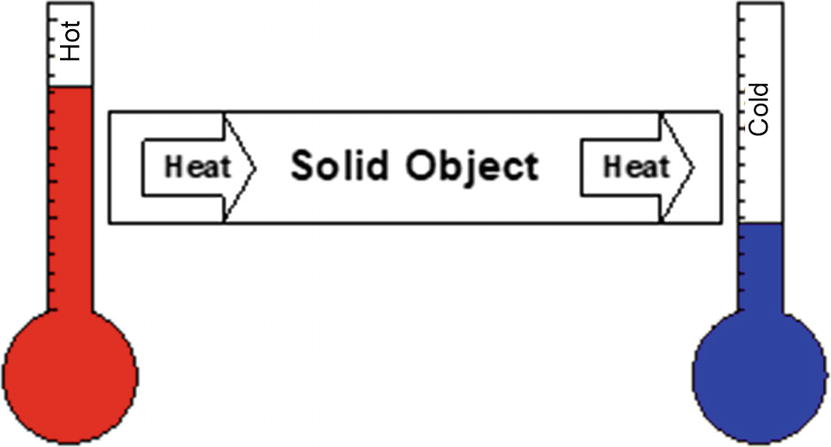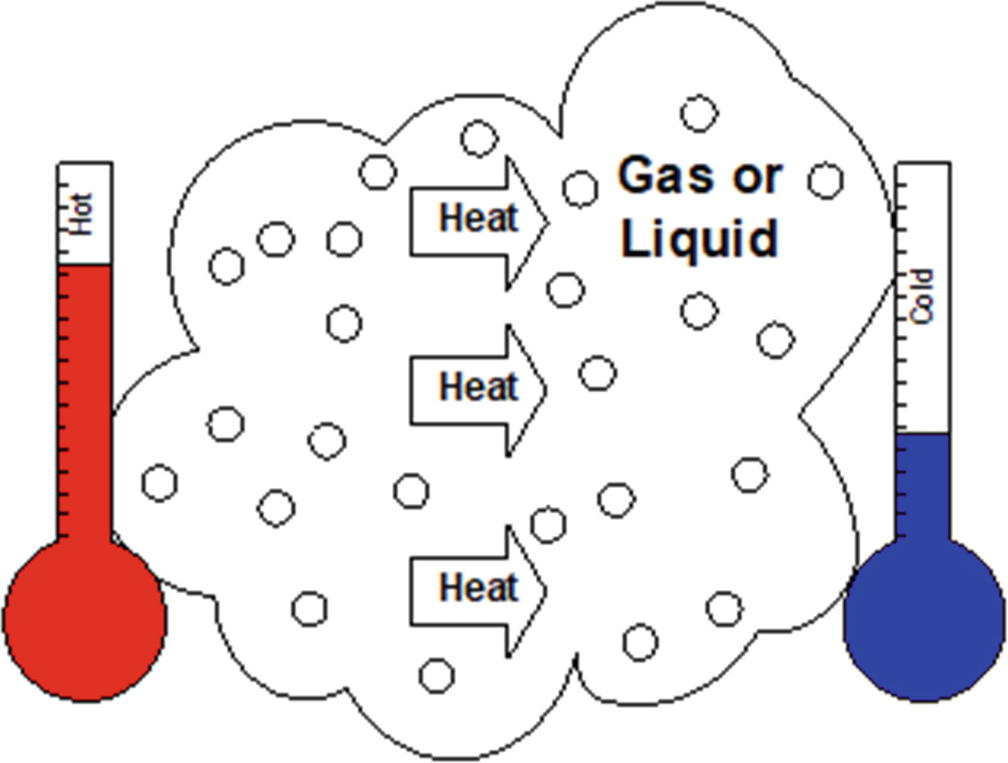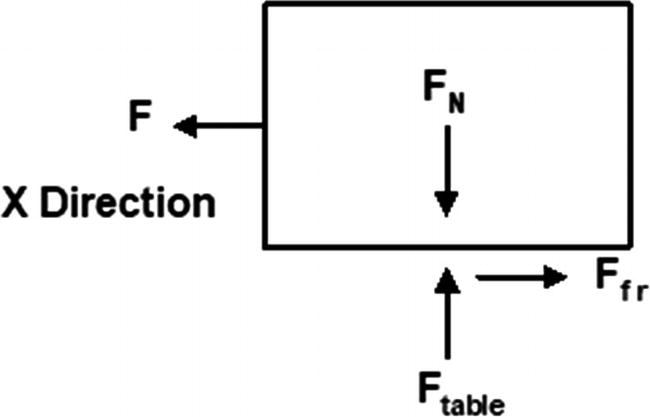This chapter elaborates on some advanced topics of mathematics and how they can be used to model aspects that are time dependent. Included in this chapter are descriptions of some basic and more advanced mathematical aspects of calculus, heat transfer, velocity, acceleration, and integration. Other physical aspects related to mass, friction, inertia, and momentum are discussed. This is a lot to cover, and this text scratches the surface; however, with these key concepts, the reader will understand many factors that dominate our environment.
There are several equations in this chapter that model or simulate reality. There is a brief explanation for each, and many will be used in later projects in this book to explain and demonstrate how the equation can be utilized to model reality.
Basics Terms of Calculus
Calculus is the mathematical method that deals with the relationship of a change between two or more variables. Some examples include speed or velocity which is the change of distance over the change of time. Calculus uses standard symbols to represent these changes, normally a lower case d with the variable of interest (change in distance x is written as dx). The small letter d is utilized to represent the Greek letter delta or the change in a value. The following equations show and expand on relationships of heat transfer, velocity, acceleration, and other items.
How Heat Transfer Works
How does temperature affect heat transfer? One can gain a better understanding of heat transfer by looking at temperature as the driving force that causes heat (or energy) to move from a hot object or area to a cooler object or area. It is analogous to the water system in your house. Opening a water faucet introduces a low pressure to the system, and the high pressure within the water pipes pushes water out the faucet to the ambient low-pressure zone. This represents the tendency of any system with varying energy levels to become uniform…to equalize over time. Heat energy responds to this tendency toward uniformity through three primary transfer methods called conduction, convection, and radiation. The equations for heat transfer came from resource [3].
Conduction Heat Transfer

Conduction Heat Transfer
dq/dt = (k dA (Th – Tc))/dx
This equation shows that the temperature difference, the area, and the length of the object are driving factors in the amount of heat transferred via conduction
dq/dt = Heat transfer over time (Joule/sec).
k = Conduction heat transfer coefficient (Joule/sec-m-Co). This is material dependent.
dA = Area through which heat is transferred (m2).
Th = Temperature at hot location (Co).
Tc = Temperature at cold location (Co).
dx = Material thickness or length (m).
Several aspects regarding this equation are interesting. First, the greater the temperature difference, the more heat that is transferred. Second, the heat transfer coefficient (i.e., the material), the area, and the material thickness directly affect the amount of heat transferred.
Convection Heat Transfer

Convection Heat Transfer
One example of convection heat transfer is how hot air rises. A good demonstration is how a hot-air balloon captures the rising hot air when the burner is turned on. When a heat source warms the air around it, that air rises (this was demonstrated as buoyancy in the previous chapter). This brings in cooler air from around that area, and then the cooler air is warmed. The net result is heat is transferred upward because warm air is more buoyant because it is less dense. This is called natural convection. Natural convection in a fireplace continually feeds oxygen to the fire.
Another form of convection heat transfer is forced convection. In this case, a fluid or gas is forced to flow over a surface. The temperature difference between the fluid and the surface transfers the heat. Forced convection can be used to cool a hot object, for example, when you turn a fan on and the air blows across your skin cooling you. Forced convection can also be used to heat an object. An example of this is how the heater in your car blows warm air into the car to warm the driver and passengers.
dq/dt = h dA (Th – Tc)
This equation shows that the temperature difference and the area are driving factors in the amount of heat transferred via natural convection
dq/dt = Heat transfer (Joule/secs).
h = Surface convection heat transfer coefficient (Joule/sec-m2-Co). The value of this variable can become very complex to determine as it is dependent on the gas, the conditions on the surface, the temperature, humidity, velocity of flow across it, and other items.
dA = Area through which heat is transferred (m2).
Th = Temperature at hot location (Co).
Tc = Temperature at cold location (Co).
Radiation Heat Transfer

Heat Transfer by Radiation
dq/dt = ε Ϭ A (T14 – T24 )
This equation shows that the temperature difference is the primary factor in radiation heat transfer because they are raised to the fourth power
dq/dt = Heat transfer (Joule/secs).
ε = Emissivity is a factor of the material and indicates how much of the energy is emitted due to the internal temperature.
Ϭ = Stefan-Boltzmann constant = 5.67 × 10-8 W/m2 – K4.
A = Area through which heat is transferred (m2).
T1 = Temperature at hot location (°K).
T2 = Temperature at cold location (°K).
Using the preceding equation, it can be shown that approximately 1000 W/m2 reaches the Earth’s surface on a sunny day. Most of the energy of light resides in the infrared and visible spectrum.
dq/dt = (1000 W/m2) ϵ A cos Ѳ
where Ѳ = the angle of the solar rays as they strike the object.
All Three Heat Transfer Mechanisms Work Together!
In many cases, there may be two or three heat transfer mechanisms occurring at the same time. For example, when a pot is put on an electric stove and the heating element is on high, all three mechanisms are at work. The pot is in direct contact with the stove heating element, so conduction is at work. The air around the stove heating element is warmed, so it rises around the pot transferring heat via convection. Finally, if the stove heating element is on high, it most likely will be glowing red and hot enough to give off heat via radiation. It is straightforward to calculate the total heat transferred. Simply add each value for conduction, convection, and radiation. However, in many cases, one heat transfer mechanism dominates, and the others can be neglected.
The researcher should keep in mind that this summary only scratches the surface of the field. One very complex aspect is that heat transfer is a time-dependent function, so the math problems can get complicated. However, the researcher armed with this basic knowledge of heat transfer and how it works will be better prepared to continue the study in advanced physics heat transfer and thermodynamics classes.
Mass
Mass has been described as a measure of the amount of material or stuff that resists a force working on it. We sometimes incorrectly think of weight as equivalent to mass. Weight is really the force of gravity on a given mass. For example, an astronaut may weigh 130 lbs on her home scale, but zero when she is in space visiting the International Space Station. Her mass, however, is the same at home and on the Space Station. Mass does not change based on the forces acting on an object, though weight can change based on the acceleration due to gravity.
Velocity and Acceleration
If x = position or distance, t = time, v = velocity, and a = acceleration, then the following equations apply:
v = change in x/change in time
This is written in shorthand as v = dx/dt.
a = change in v/change in time
This is written in shorthand as a = dv/dt.
These equations show how velocity and acceleration are calculated and how they are related.
Here on Earth we are under the influence of the gravitational pull from the mass of the Earth. This pull is the force of gravity which creates a constant rate of acceleration toward the Earth of 32.2 (feet/sec)/sec or 9.81 (meters/sec)/sec. This is commonly simplified to 32.2 ft/sec2 and 9.81 m/sec2.
Force = Mass × Acceleration, abbreviated as an equation F=ma
In the Metric system, the units of measurement are
Force: Newton = N
Mass: Kilograms = kg
Acceleration: Meters per second2 = m/s2
In the English system, the units of measurement are
Force: Pounds = lbs
Mass: Slugs or pounds mass = lbm
Acceleration: Feet per second2 = ft/s2
“Force is equal to mass times acceleration” is Newton’s Second Law of Motion. This is a key equation which establishes how all objects behave and interact. It describes why you stay attached to the Earth; it explains the motions of the planets; it even describes how fast a car or a runner can accelerate.

Simple Free Body Diagram of F = M × A
In the preceding case, there is only one force acting on the object, so it will accelerate to the right. If there were an equal and opposite force acting on the object pulling it to the left, then the sum of all the forces would be zero, and it would not move. If the forces do not sum up to zero, then the object will move in the direction of the greatest force. This is Newton’s Third Law of Motion.
Inertia
Inertia is very important; it is stated as once a body is in motion, it stays in motion until acted on by an outside force. This is Newton’s First Law of Motion.
Isaac Newton’s three Laws of Motion define how many things in the world function and have allowed engineers and scientists to understand and solve many common problems related to moving objects.
Momentum
Momentum describes the potential damage when objects collide and is defined as the product of mass times velocity. The more momentum an object has when it collides with another object, the more damage. So, if a car travels 5 mph and hits something, there may not be much damage. If a car were traveling 65 mph, momentum increases significantly, and the car would certainly cause much greater damage to itself and/or to whatever it hit. A truck, which has more mass than a car, traveling at 65 mph would cause even more damage.
Momentum = mass x velocity, abbreviated as an equation M=mv
Friction
What is friction? When two objects are in contact, and a force exerted on one object causes motion, the object(s) will encounter a resistive force called frictional force. (See Figure 5-5 for a Free Body Diagram showing these forces.) Several factors affect the frictional force: the weight of an object, its surface roughness, the roughness of the surface it rests on, and the force being exerted on it to move it. Other factors that can influence or describe these aspects are the frictional coefficient of the surface and the angle at which an object is being pulled or pushed.
FN = The normal force pushing down on the table. The term normal is used because a 90-degree angle is designated a normal angle. It is always perpendicular to the surface an object is sitting on.
FTable = The force of the table pushing or holding the object up.
Ffr = This is the frictional force resisting movement of an object. It is a function of the surface and the normal force.
μs and μk = The static (no movement) and dynamic (object in motion) coefficients of friction. They are dependent on the material of the surface finish.
Sum of force in Y direction = FN = FTable.
FN= Mass of object × Acceleration due to gravity = mg (g is acceleration due to gravity).
Sum of force in X direction = Ffr = F
The static coefficient of friction for materials = μs.
Frictional force that balances the maximum force in X direction prior to motion is Ffr = FN x μs.
The static coefficient friction is in effect when the two objects are not in motion. It is higher than the dynamic coefficient. This is easily seen when a heavy object starts moving, as it takes less force to keep it moving than it took to start the motion.
Sum of force in Y direction = FN = FTable = mg.
Sum of force in X direction = Ffr < F.
The kinetic coefficient of friction for materials = μk.
- Frictional force that resists the force in X direction causing motion isFfr = FN x µk
 Figure 5-5
Figure 5-5Free Body Diagram Showing Frictional Force
If Ffr is greater than or equal to F, the object will not move. When a car is stopped at a light and is not moving, this is the condition. In the winter, when the roads are icy, the Ffr is significantly less. If this car is on a slope, Ffr may not be greater than the force F pulling the car down the slope. In this case, the car might start moving, and things get exciting!
The equations for friction may seem complex at first, but keep in mind the Free Body Diagram and how the forces are if there is no motion.
More Advanced Aspects of Calculus
In calculus, there is a mathematical concept which is designated integration. Putting it simply, data is integrated over a variable like time to arrive at a total measurement. It uses the symbol ∫. In the case of an object in motion, the researcher is interested in the change of distance over time and the change of velocity over time. These are interrelated using the following equations.
x2 – x1 = ∫ v(t) dt
where X2 is the final position and X1 is the initial position from t1 to t2. The shorthand way of writing it is velocity (v) = dx/dt. This was described at the start of this chapter.
v2 – v1 = ∫ a(t) dt
This shows the change in velocity (or the integration of velocity from t1 to t2). As can be seen, this is another way of writing acceleration: a = dv/dt.
One important aspect of the relationship between velocity and acceleration is how acceleration captures and sums up the change in velocity over time. Often an object’s velocity is not constant, so an instantaneous velocity does not provide the complete picture of the object’s motion. Acceleration over time is needed to describe its motion.
The importance of both integration and the opposite function of taking the derivative allows the scientist or engineer to solve equations for terms of interest and simulate or model the real world.
Summary
This chapter covers a lot of complex concepts at a very high level; however, if something does not make sense, the reader should look over the associated project in this book and other sources online or in other books to gain a better understanding of the complex yet highly useful subjects. A majority of the world behaves based on these simple equations.
